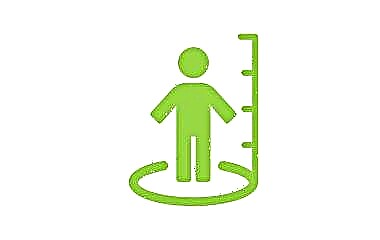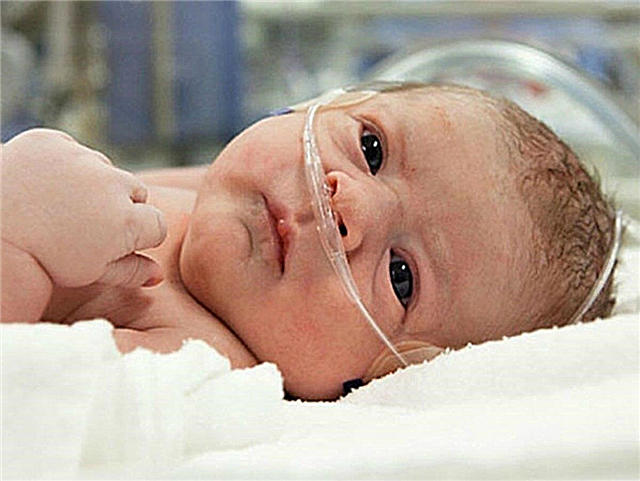Water treatments are very beneficial for babies. Some mothers go beyond bathing as a hygiene procedure and go much further. Young parents will be interested in learning how to swim babies in the bath.

Bathing a baby in a tub
The benefits of swimming for a child
Some parents did not see babies swimming, because all water procedures were reduced only to washing. Swimming, meanwhile, is of immense benefit. It is expressed in:
- formation of correct posture;
- strengthening the muscles of the back, abdomen;
- strengthening protection against colds;
- proper lung function;
- enhancing development;
- normalization of sleep;
- normalization of blood pressure;
- increased appetite (the child begins to gain weight better).
Important! Pediatricians have found that swimming and blood counts are linked. Breathing is often held during bathing, and additional red blood cells are released into the blood.
Being in water allows the child's body to become more resistant to unstable temperatures. The baby's immune defense is activated, the likelihood of getting a cold decreases. Children who were accustomed to swimming at an early age are much less likely to get sick than their peers who did not bathe in the bathroom.
During bathing, blood circulates faster due to a decrease in compensatory pressure. It strengthens the heart muscle and blood vessels. Even minor loads in water strengthen the musculoskeletal system and do not harm it. Children who can swim begin to sit and walk earlier.
During swimming, the baby's abdominal muscles relax. This result is not always achieved even with the help of massage. Exercise from an early age builds back muscles and prevents scoliosis.
Water also has a calming effect. Therefore, babies who are accustomed to swimming are not afraid of obstacles. They do not have obsessive fears.
When is it recommended to start
You need to start swimming from several weeks. At the indicated time, the umbilical wound is usually healed. Some mothers start swimming as early as 14 days of age. There is nothing unusual about sailing so early. Up to 3 months of age, the baby still has swimming reflexes. He automatically holds his breath when placed in the water and can move in it. At the age of several months, it is impossible to scare a child with water, because while he is in the womb of his mother, he was surrounded by amniotic fluid.

Maiden voyage
Activity Mode
Initial swimming lessons are usually done in the same bathtub in which the child is bathing. In this case, the baby will not be afraid because of the change in the environment. All procedures should be carried out a few hours after eating. At this time, breast milk or its substitute has already been digested, and the feeling of hunger has not yet come.
Each lesson ("lesson") must be carried out according to a certain system. She teaches the child to discipline, he knows exactly what is required of him.
Preparing for swimming
You cannot create a "steam room" in the room for water procedures. Room temperature is enough for the child to accustom him to water.
Important! Before sailing, the bathroom must be ventilated.
The water for the procedure must be clean. There is no need to add different disinfectants to it. The baby should be immersed in water very carefully. Check the temperature beforehand. The dive starts from an upright position. When the child is comfortable, you can translate it to horizontal.

Immersion of the baby in water
Parents need to pay attention to such important points:
- It is necessary to deal with the baby when he is full, does not want to sleep.
- Mom should be positive.
- The mother should provide reliable support for the child.
Water temperature
Parents often ask what the water temperature should be. It usually ranges from 35-37 degrees. As the baby adapts to water activities, the water temperature can be gradually reduced.
Note! The extremely low water temperature for babies is 32 degrees.
Dr. Komarovsky recommends adherence to such a temperature regime:
- the first 5 lessons - 37 degrees;
- from the fifth lesson - 36.5;
- from the ninth - 36;
- from the 14th - 35.5;
- from the twentieth - 35;
- from the 24th lesson, the water temperature during swimming can decrease to 34 degrees with a gradual decrease.
The kid should feel comfortable in the water. It should not be too warm, otherwise the child will not make active movements.
The right time to practice
Swimming at home for newborns lasts from 8 to 12 minutes. Each month the length of stay in the water increases by several minutes. By one year, the duration of the procedure can be 40 minutes.
Important! The signal for the end of the lesson is the child's persistent discontent.
Swimming for babies may be shorter than the specified time. It is not recommended to exceed it.
Things you need
Before you start baby swimming at home in the bathroom, you need to take care of the comfort and safety of the baby in the water. You need to prepare:
- thermometer for measuring water temperature;
- watch with a stopwatch;
- rubber mat;
- a circle around the neck (to support the baby's head so that he can learn to swim faster);

Circle for baby
- bucket for water;
- toys;
- diaper or towel;
- clean clothes - undershirt or cap;
- cotton wool (it is necessary to clean the ears);
- baby olive oil, powder;
- a pipette, hydrogen peroxide and brilliant green (they are necessary for treating an umbilical wound);
- low stool.
How to teach a baby to swim
Tips on how to teach babies to swim in the bathroom are:
- Holding the child carefully, lower him into the water. We need to see how he will feel in her. If the baby cries, you don't need to get it out right away. He should get comfortable for a while.
- If the baby has stopped crying, you need to place it horizontally, holding it by the back. Mom or dad should stand firmly on the floor.
- After teaching the baby to swim, it turned out, you can perform simple physical exercises in the water.
Exercise and gymnastics
Teaching a baby to bathe is very simple, because he has no fear of water. If the parents have never bathed their baby, the pediatrician will show them teaching baby swimming in the bathroom at home.
In the bathroom, you can perform simple strengthening exercises:
- Put the crumb on the back, holding it from below with your palm. The hand must be slowly moved to the back of the head. The child in this position is steadily in the water, and the mother only supports him.
- Place the baby with the tummy down. Mom picks up the baby's head.
- Dip the crumbs horizontally into the water. Place the leg near one of the sides. Then he pushes off the wall and tries to swim on his own. This exercise is done if the baby feels confident in the water.
- Place the baby in the water with the tummy down so that the whole body is immersed and the head is on the surface. Then you need to show the kid how to splash in the water.

Swimming on the stomach
- When the baby has mastered these exercises, you can swim with the toy.
- When the child can independently swim on his stomach or back, it is useful to perform the "figure eight" exercise.
- Holding the crumbs from below by the tummy, you should gently lift it up and submerge it back. This exercise coordinates well the function of the cardiovascular system.
How to dive
Parents are interested in how to dive a baby in the bathroom. It is allowed to start diving if the baby firmly feels himself in the water. When fully immersed in water, the infant will reflexively hold its breath. Diving babies in the bathroom is not dangerous, you do not need to be afraid of it.
You can teach a baby to dive if he swims for 5-10 minutes. Having fixed it in your hands, dip it in water for 2-3 seconds. This procedure should be repeated several times. There is no need to bring the baby to fatigue - classes should bring positive emotions. The maximum immersion duration is 10 seconds.
When swimming is prohibited
Not all babies are allowed to swim in the bathroom. There are diseases, conditions in which swimming of a baby in the bathroom is categorically contraindicated:
- acute viral diseases of the upper respiratory tract;
- exacerbation of any chronic diseases;
- the recovery period after injuries and diseases;
- skin diseases (infectious and non-infectious);
- injuries and serious diseases of the musculoskeletal system;
- some types of congenital heart defects;
- increased intracranial pressure;
- acute disorders of the digestive tract;
- disorders of the central nervous system, provoking seizures.

Swimming newborn
Swimming for newborns in the bathtub is an excellent hardening procedure. It contributes to the harmonious physical and mental development of the baby. Swimming training for infants is available to all parents. When conducting classes, you need to closely monitor the well-being of the baby and in no case swim with the baby if there are contraindications.



